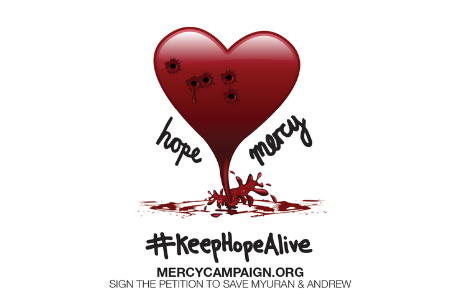The New Testament Gospels don’t record everything Jesus did or said. The Apostle John made that clear when he wrote, “Jesus did many other things as well. If every one of them were written down, I suppose that even the whole world would not have room for the books that would be written.” We know little of Jesus’ life from the time he was a toddler to when he started his ministry about the age of 30.
We know that Jesus had an education because he could both read and write, but just like the Bible only tells us once that Jesus wept, it also states only once that Jesus wrote – but what he wrote was incredibly significant.
The story is found in John chapter 8 and revolves around a woman who had been caught by some religious leaders in the very act of adultery. It was an obvious set up to trap Jesus in order to have a basis for accusing him.
These religious leaders “made her stand before the group and said to Jesus, “Teacher, this woman was caught in the act of adultery. In the Law Moses commanded us to stone such women. Now what do you say?” But Jesus bent down and started to write on the ground with his finger. When they kept on questioning him, he straightened up and said to them, “Let any one of you who is without sin be the first to throw a stone at her.” Again he stooped down and wrote on the ground. At this, those who heard began to go away one at a time, the older ones first, until only Jesus was left, with the woman still standing there.”
Many have hypothesized about what Jesus wrote in the dirt – one suggested he was writing Sanskrit (Sand-skrit). I appreciate the attempt at humour! John doesn’t tell us what Jesus wrote because he knew his audience 2,000 years ago wouldn’t need an explanation.
Whenever someone was caught in adultery, both the man AND the woman would be brought to the Nicanor Gate and accused. This gate was the entrance to the Women’s Court of the temple. At least two witnesses must be present to confirm that adultery had indeed been committed, and then there was a certain ceremony conducted in order to bring judgment. However, in this instance the Pharisees only brought the woman, and there is no mention of any witnesses. The Teachers and Pharisees just say she was caught in the act but they don’t say by whom. Both of these things were a violation of the Law of God.
Next, the priest was required to stoop down and write the law that had been broken, along with the names of the accused, in the dust of the floor of the Temple. In fact, the priest could write the law and the names anywhere, as long as the marks were not permanent. The dust on the floor of the Temple was the most common place for this to be done. And so by doing this Jesus showed the woman’s accusers that even though THEY were not keeping the law, He would anyway.
The Scribes and Pharisees ignored the law but then continued with their accusations. And so Jesus stood up (after plainly demonstrating they were violating the law themselves) and said, “Let any one of you who is without sin be the first to throw a stone at her.” After saying this Jesus again stooped down and wrote on the ground. What did he write this time?
It’s important to note that this event occurs around Yom Kippur and the Feast of Tabernacles. Every year on Yom Kippur (The Day of Atonement) the High Priest would baptise himself about 11 times in order to be ceremonially cleansed between each separate portion of the day’s sacrifices. At the end of the day there was a celebration at his home where the people would rejoice that their sins had been forgiven. To end the festivities the High Priest would quote Jeremiah 17:13, “Oh Yahweh, the Immerser (Baptizer) of Israel, all those who leave your way shall be put to shame (publicly embarrassed), those who turn aside from my ways will have their names written in the dust and blotted out, for they have departed from Yahweh, the fountain of the waters of life” (Literal Hebrew Translation).
Religious Jewish men would hear this verse quoted every year – the older they were the more times they’d heard it. Thus when Jesus wrote this verse in the dust the Teachers of the Law and the Pharisees were “convicted by their own conscience” (KJV), put to shame, and departed from Jesus from the eldest to the youngest, the older having heard the verse quoted more often. It’s likely Jesus also wrote the men’s names in the dust in fulfillment of Jeremiah 17:13.
There are some stunning lessons to be learned from this story but the most mind-blowing is the wonderful insight it gives into the grace of God. Women had few if any rights in the first century world and yet Jesus treated this woman (and all women) with great dignity. This woman had broken the law and the law demanded capital punishment and yet Jesus responded with compassion and forgiveness. He believed in her – despite others rejecting her – and gave her the opportunity to be redeemed: Jesus straightened up and asked her, “Woman, where are they? Has no one condemned you?” “No one, sir,” she said. “Then neither do I condemn you,” Jesus declared. “Go now and leave your life of sin.”
Jesus wrote in the dust because what he wrote wouldn’t be permanent – it could be rubbed out. That’s what he did to this woman’s sins – that is what he has done to your sins too.



